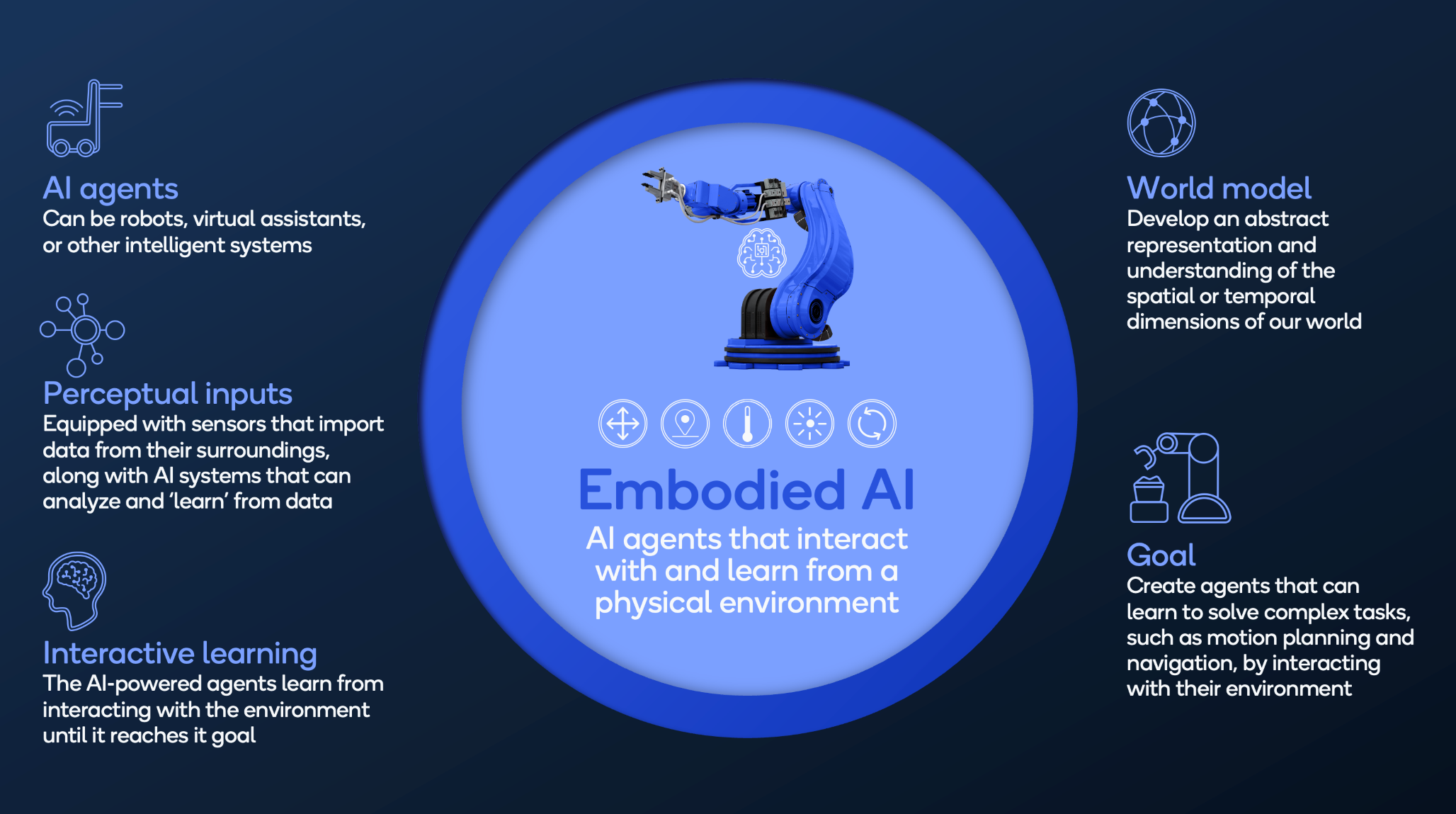Hold onto your hats, folks! OpenAI just dropped a bombshell. As of April 30th, the venerable GPT-4 is being completely replaced by the lightning-fast, multi-talented GPT-4o. Yes, you heard that right – the workhorse that powered so many of our AI experiences is officially stepping aside.

Now, before you panic, GPT-4 isn’t vanishing entirely. It will still be accessible through the API for developers, but for everyday users, the future is 4o. OpenAI claims, and initial reports suggest, that 4o consistently outperforms its predecessor in key areas like writing, coding, and those crucial STEM fields. Frankly, it’s a bit of a smackdown.
But here’s where it gets truly interesting. This isn’t just a single upgrade. OpenAI is prepping a whole lineup of new models next week. We’re talking GPT-4.1 – a refined version of 4o, plus mini and nano versions of GPT-4.1 for varied needs. They’re also unveiling “o3” and “o4-mini” models, specifically focused on reasoning capabilities.
Let’s quickly dive into why this matters. Multi-modal models like 4o are a game-changer. They don’t just process text; they handle images, audio, and video simultaneously, creating a far more intuitive and powerful AI experience.
Reasoning models are pivotal in enabling AI to move beyond pattern recognition and into actual problem-solving. Improving reasoning will mean AI can offer more useful insights.
Mini and nano versions expand access by offering cost-effective, efficient solutions when full power isn’t needed. They are smart scaling for a wider audience.
This entire move signals that the AI landscape is evolving rapidly. OpenAI isn’t just iterating; they’re accelerating, pushing the boundaries of what’s possible. Brace yourselves – the next few months are going to be wild. This isn’t incremental improvement; it’s a fundamental shift.






